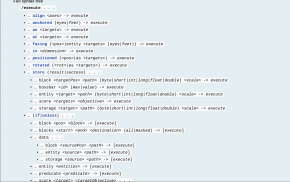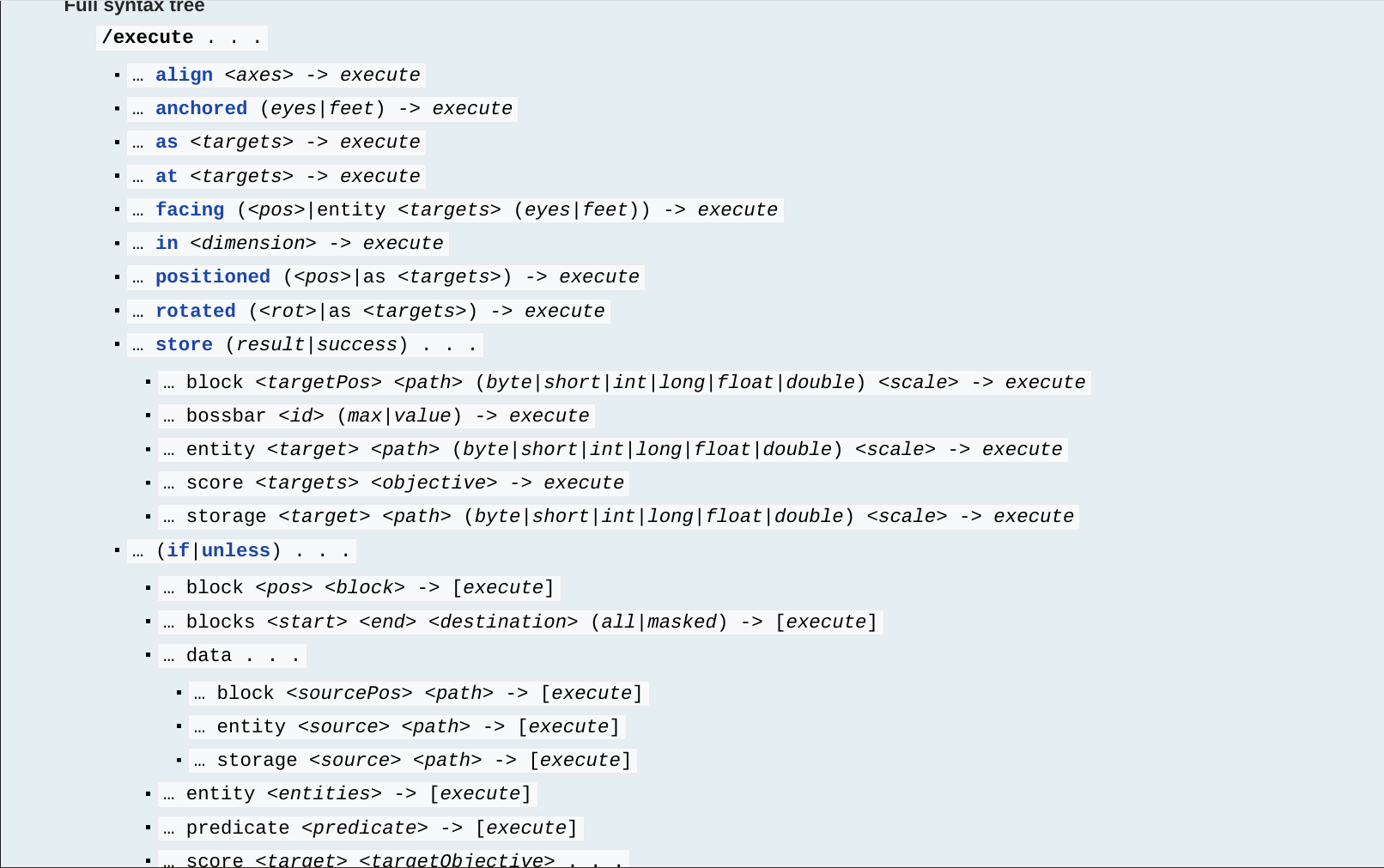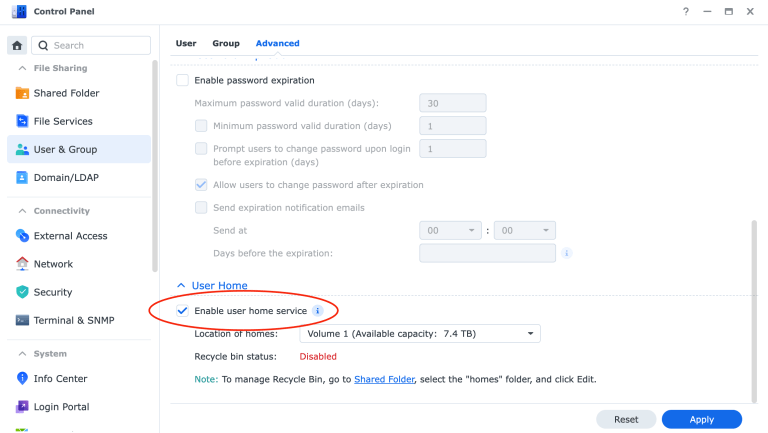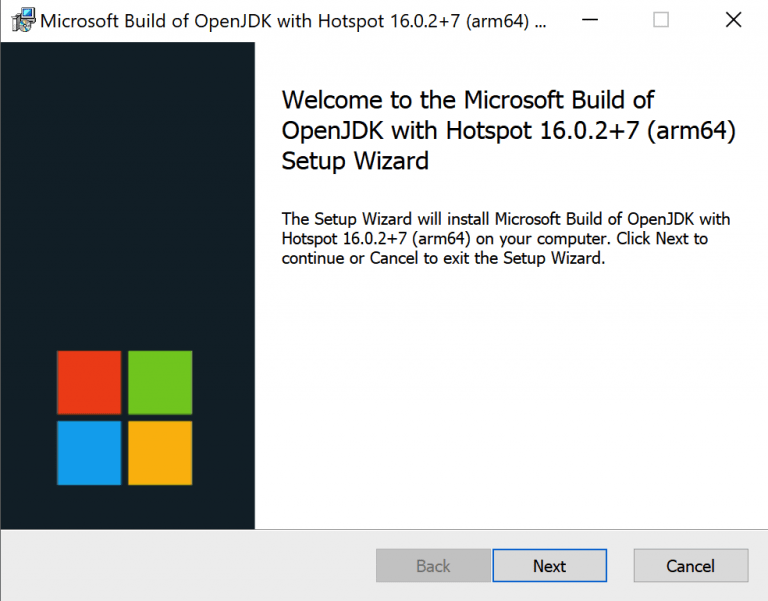How to Use the Execute Command in Minecraft
Using the Execute Command in Minecraft
Back when I had my old YouTube channel, my most popular video of all time (it still is) is how to use the Execute command in Minecraft. Since then, the command has changed. Since I am terrible at recording videos, I have decided not to record a video as an update. I have instead decided to write an article here on how to use the Execute command.
Do note that this article is as-of Minecraft 1.15. The syntax of this command in the article is for Minecraft: Java Edition. Minecraft: Bedrock Edition uses a different format for the command, similar to the format that was when I first filmed the video. I will also attach an embed for my old video. WARNING: I will not be held liable if this video makes you cringe. You have been warned.
What is the Execute Command for?
The term Execute is very vague. I assume that a lot of the people who will read this article are mainly trying to figure out what the command does. The execute command is mainly used in datapacks, Only One Command mods, maps, or other purposes that are used mainly by developers to change the experience of the game. The execute command does not have much use unless you are trying to do something complicated.
The rudimentary base for the execute command is it runs a Minecraft command as another player or entity. The execute command can be configured to manipulate everything from who executes the command to where the command is executed to if the command should execute at all.

Using the Execute Command
In this article, I will go over the basics of using the command. There are plenty of more complicated ways to use the command that I will not be going over. If you want a more in-depth, but harder to understand explanation of the command, check the Minecraft Wiki: https://minecraft.gamepedia.com/Commands/execute.
Executing the Command as Another Player
If you want to execute the command as another player, you can use the following syntax for the command:
/execute as [player] at [player] run [command] [args]
For example, if you wanted to run “/setblock ~ ~-1 ~ quartz_block” as yourself, at your own location, you can use the following location to put a quartz block beneath your feet:
/execute as @s at @s run setblock ~ ~-1 ~ quartz_block
Executing the Command as One or More Entities
You can also use the execute command to perform commands as one or more entities. For example, if you wanted to teleport every zombie in a radius of ten blocks one block up, use the following command:
/execute as @e[type=zombie,distance=..10] at @e[type=zombie,distance=..10] run tp @s ~ ~1 ~
Executing with a Condition
Here’s where things might get a little bit more difficult. You can execute the command with conditions. For example, if there is a slime within a five-block radius, it will place a quartz block under your feet:
/execute if entity @e[type=slime,distance=..5] as @s at @s run setblock ~ ~-1 ~ quartz_block
You can also use blocks as conditions. For example, if the block below you is grass, this command will set it to quartz, but only if it is grass:
/execute if block ~ ~-1 ~ minecraft:grass_block as @s at @s run setblock ~ ~-1 ~ minecraft:quartz_block
You can also use the unless modifier except for if. For example, if the block below your feet is not quartz, this command will set it to quartz:
/execute unless ~ ~-1 ~ minecraft:quartz_block as @s at @s run setblock ~ ~-1 ~ minecraft:quartz_block
Well, I hope you found this article interesting. There are all sorts of cool stuff you can do with the execute command. I encourage you to play around with it a little bit. It can do some absolutely insane stuff.







super helpful!
-doqqo
this is amazing and very helpful